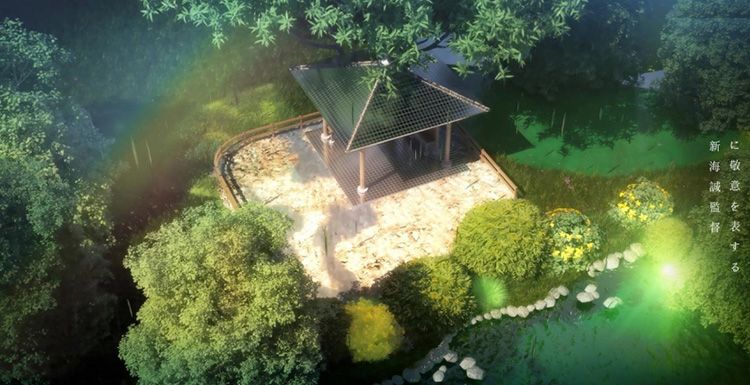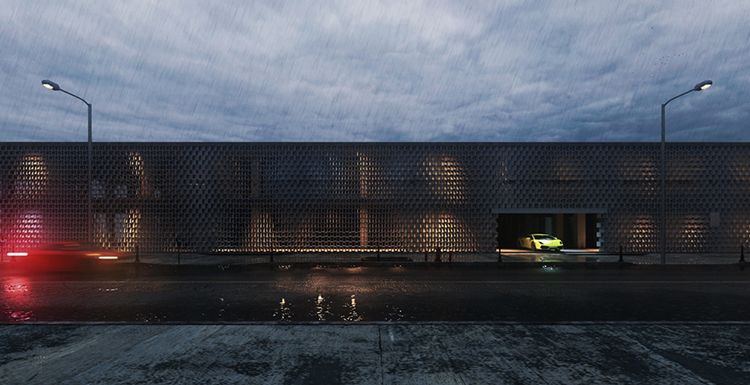The Creative Process Sharing of Work \Childhood’s Bedroom\

This work inspired by China's 60s and 80s, I decided to create a bedroom in my childhood. The collection of materials and model creation is the focus of the previous period. For this purpose, I have searched for a large number of photos, collected and produced models. The focus of the material is dirty, dusty, and irregular. The focus of the light is to open up the spatial level with volume light, which makes the picture more chronological.
The software used: 3ds Max, V-Ray


1. Materials collection

These things are all from the 60s to the 80s of the last century.
2. Create a model
There are a lot of small objects in the scene, it is difficult to model one by one, some directly call the model library, and some are done with poly. But pay attention to some problems in Items, such as proportion, shape, color, brand, placement, and mutual matching, in order to better create a sense of time.


Attention to detail:
Some tiny details are the key to determining the realism, and the model can be created using the model. Wall wires are created directly with spirals, paying attention to the slack of the wires and the aluminum wire card and the fixed nails. Switch sockets also have to match the style of the year.
 Stripped red painted windows and old-fashioned latches should be standard in those years.
Stripped red painted windows and old-fashioned latches should be standard in those years.


Vintage photo frames, new year pictures, paper-cuts, calendars, and black-and-white photos temporarily inserted on the closet door add to the atmosphere.

3. The material
Green paint wall surface, the surface is a weak Diffuse green paint, the inner layer is yellow sand, and a black and white mask shows the texture of the wall surface stained with water. The choice of black and white maps is the key, and the traces of water stains must conform to the real situation.

Wood grain of wardrobes, tables and chairs. Wood grain is the key material to be expressed in the scene, wardrobe, table and chair, bed frame, door and window are all the same kind of nodes, only the depth and color change. They use a deep and light wood grain to represent the surface layer and the inner layer, and then use VrayDrit for true mixing. For each wood grain to be more natural, each is mixed with Mix. The powerful VrayDrit works with model lights and camera angles to simulate extremely realistic and natural effects, which is hard to achieve by drawing textures!

Cement floor: The principle is the same as wood grain, a layer of rough ground, a layer of high-gloss ground mixed with VrayBlend, showing the wear of the ground. The undulation of the concrete floor is directly added to the trace Displace. In order to express the water stains on the face of the wash basin, a layer of VrayBlend is nested.

Others like the wooden boxes, wooden doors, wooden windows, chairs are all done with Mix, VrayBlend, VrayDrit, the same principle can be applied to other objects.
4. Lighting
The scene lighting mainly shows the lighting effect at dusk, using the principle of real lighting, adding surface light to fill the light, avoiding black dead ends and reducing noise. Here I used parallel light as the sun.

Photometry:

Light parameters: The three faces are the main light, and the brightness is reduced in turn to make the light softer.

Sunlight volume light parameters: the addition of volume light is the finishing touch, open the space level, and more vicissitudes.

5. Rendering
Anti-aliasing filters are used by Mitchell-Netravali, and GI uses the mainstream Brute force + Light Cache. In order to produce a higher quality parameter, Subdivs mult opens to 3, which also opens the detail enhancement and outputs the TIFF format, which is very time-consuming.

6. Post-production
The post-production of this work is very simple, adjust the picture contrast, color curve, edge sharpening, but too much adjustment will reduce the quality.
In brief, during the production, technique is not a problem. Good works must in a good theme or style, and creativity is more important than technique. As a work of art, it is not only technology, but also aesthetic improvement, style control, material use, and efficient processes. I hope to create more good works in mutual learning!
Author: Liu Lei
Recommended reading
Top 9 Best And Free Blender Render Farms of 2025
2024-12-30
Revealing the Techniques Behind the Production of Jibaro "Love, Death & Robots", Which Took Two Years to Draw the Storyboard
2025-02-10
Top 10 Free And Best Cloud Rendering Services in 2025
2025-03-03
Top 8 After Effects Render Farm Recommended of 2025
2025-02-10
Top 5 Best and Free 3d Rendering Software 2025
2025-02-10
Shocked! The Secret Behind Using 3D to Make 2D Animation was Revealed!
2025-02-10
How to Render High-quality Images in Blender
2024-12-04
Easy Cel Shading Tutorial for Cartoon in Blender Within 2 Minutes
2025-02-10
Partners
Previous: TOTAL CHAOS: Chaos Group Launched Its Second Annual Computer Graphics Conference
Next: How To Train Your Dragon 3 Get A High Score For Its Visual Effect
Interested







